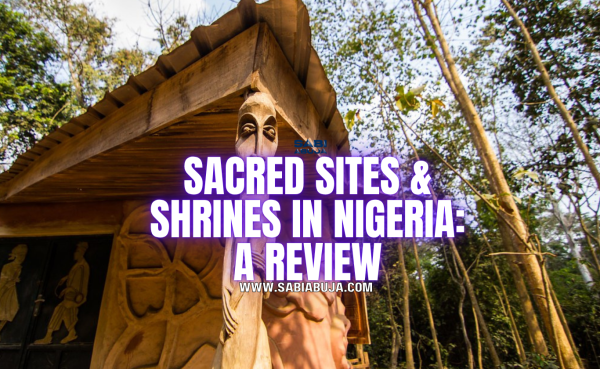
Nigeria is a nation steeped in spirituality, tradition, and ancient customs. Across the country, sacred sites and shrines serve as living testaments to the spiritual and cultural beliefs of various ethnic groups. These locations are not only important for religious purposes but also for preserving Nigeria’s rich historical and cultural heritage. Here is an in-depth look at some of the most notable sacred sites and shrines in Nigeria:
Sacred Sites and Shrines in Nigeria
1. Osun-Osogbo Sacred Grove – Osun State (UNESCO World Heritage Site)
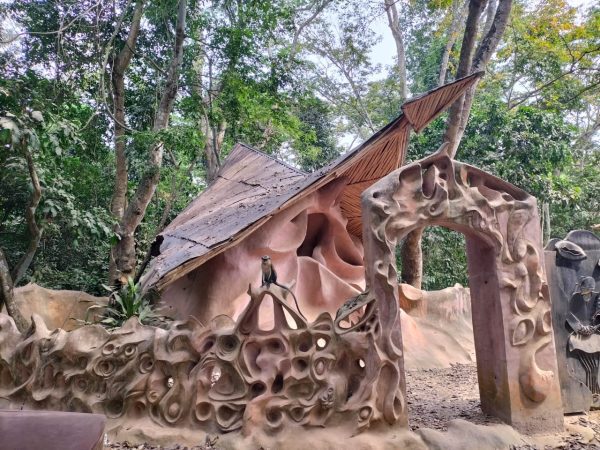
The Osun-Osogbo Sacred Grove is arguably the most internationally recognized sacred site in Nigeria. Located on the outskirts of Osogbo, Osun State, this ancient forest is dedicated to Osun, the Yoruba goddess of fertility, love, and water.
Designated a UNESCO World Heritage Site in 2005, the grove is one of the last remaining sacred forests among the Yoruba people. The grove features an ensemble of shrines, sculptures, and sanctuaries all set within a dense tropical forest. Artists and devotees maintain the grove through the Osun-Osogbo Festival, held annually in August, attracting thousands of worshippers and tourists from around the world.
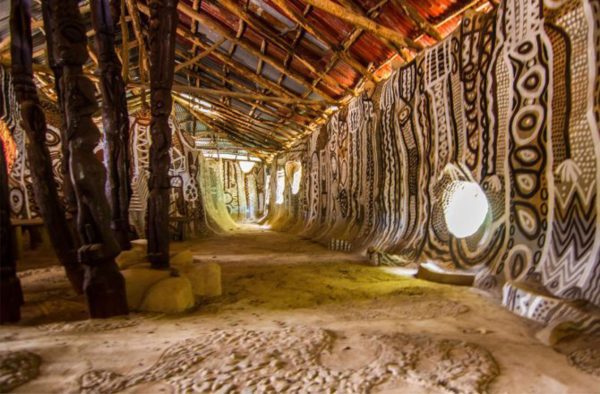
Osun-Osogbo isn’t just a religious site; it is a powerful expression of Yoruba art, spirituality, and the deep respect the Yoruba have for nature. Sculptures by Austrian artist Suzanne Wenger, who lived in Osogbo for decades, adorn the grove, blending traditional and modern elements in sacred architecture.
2. Erin-Ijesha Waterfalls – Osun State

Also known as Olumirin Waterfalls, the Erin-Ijesha Waterfalls are located in Erin-Ijesha town in Osun State. While primarily known today as a natural attraction and picnic site, Erin-Ijesha holds deep spiritual significance for many Yoruba people.
According to local legends, the waterfall was discovered by a daughter of Oduduwa, the mythical progenitor of the Yoruba people. The site is considered sacred, especially by traditional worshippers who believe the cascading waters are a manifestation of spiritual cleansing and blessings. The falls consist of multiple levels—seven in total—and each is said to carry its own spiritual significance.
View this post on Instagram
Pilgrims often climb all seven stages, stopping at natural shrines and rock formations for prayer and meditation. Traditional priests and herbalists also visit the site for rituals and divinations, especially during certain Yoruba festivals.
3. Shrine of the Long Juju – Arochukwu, Abia State
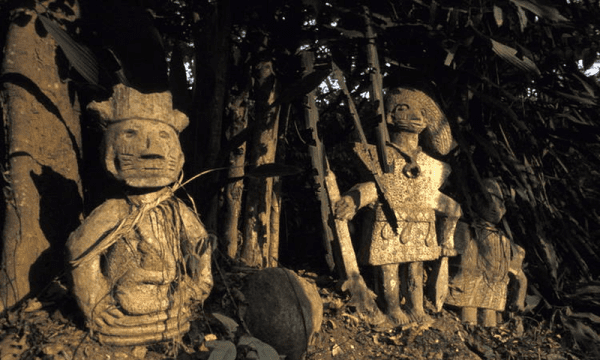
In southeastern Nigeria lies one of the most enigmatic and historically significant shrines in the country: the Shrine of the Long Juju in Arochukwu, Abia State.
The Long Juju was not only a spiritual oracle but also a powerful judicial institution used by the Aro Confederacy, a dominant political and commercial force in pre-colonial Igbo land. This shrine was an oracle known as Ibin Ukpabi, which settlers, pilgrims, and people from distant regions visited for spiritual guidance, conflict resolution, and divine justice.
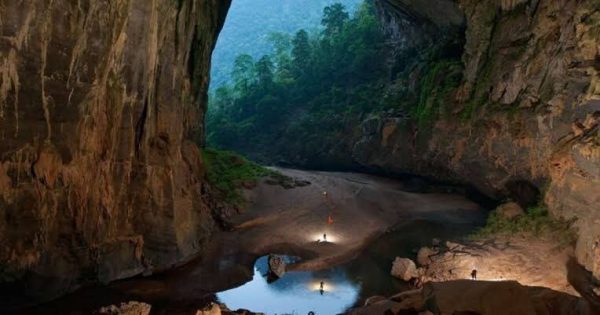
The shrine includes a mysterious tunnel, now part of a guided tour, where accused persons were believed to have entered for judgment. Those found innocent returned, while the guilty supposedly disappeared forever. British colonialists eventually suppressed the shrine during their incursion in the early 20th century, but the sacred site remains a vital symbol of traditional Igbo spirituality and justice.
Today, visitors can explore the spiritual tunnels, historical monuments, and learn about the cultural legacy of the Arochukwu people.
Why Sacred Sites Matter in Nigeria
Sacred sites and shrines are more than religious centers, they are cultural landmarks that encapsulate the wisdom, beliefs, and heritage of Nigeria’s diverse ethnic groups. They serve as spaces of community gathering, historical education, and spiritual connection. These locations also play a significant role in tourism, helping to generate awareness and income for local communities.
Efforts are increasing across the country to preserve these sacred places from urban encroachment, environmental degradation, and cultural erosion. Events like the Osun-Osogbo Festival and guided heritage tours in Arochukwu are helping to spotlight these sites on both national and global platforms.
Frequently Asked Questions About Sacred Sites and Shrines in Nigeria
1. What are sacred sites and shrines in Nigeria?
Sacred sites and shrines in Nigeria are locations considered spiritually significant by various ethnic and religious groups. These places are often used for worship, divination, rituals, and festivals. They include forests, rivers, waterfalls, caves, and man-made altars.
2. Are these sites open to tourists?
Yes, many sacred sites and shrines are open to tourists. Locations like the Osun-Osogbo Sacred Grove and Erin-Ijesha Waterfalls welcome both worshippers and visitors. However, certain areas may be restricted or require permission, especially during religious rites.
3. What is the most famous sacred site in Nigeria?
The most famous sacred site is the Osun-Osogbo Sacred Grove, located in Osogbo, Osun State. It is a UNESCO World Heritage Site and a major center of Yoruba spirituality and culture.
4. Do these sites have historical importance?
Yes, many sacred sites in Nigeria have deep historical roots. For instance, the Shrine of the Long Juju in Arochukwu was central to the pre-colonial justice system and the Aro Confederacy’s spiritual authority.
5. Are there any festivals associated with these sacred places?
Absolutely. The Osun-Osogbo Festival, held annually in August, is one of the most notable festivals linked to a sacred site. It draws thousands of worshippers and tourists from across Nigeria and abroad.
Conclusion
From the forested paths of the Osun-Osogbo Sacred Grove to the mystical waters of Erin-Ijesha and the historical corridors of the Long Juju shrine, Nigeria’s sacred sites offer deep insights into the country’s soul. These are not just religious landmarks; they are living museums of tradition, culture, and spiritual depth.

Leave a Reply